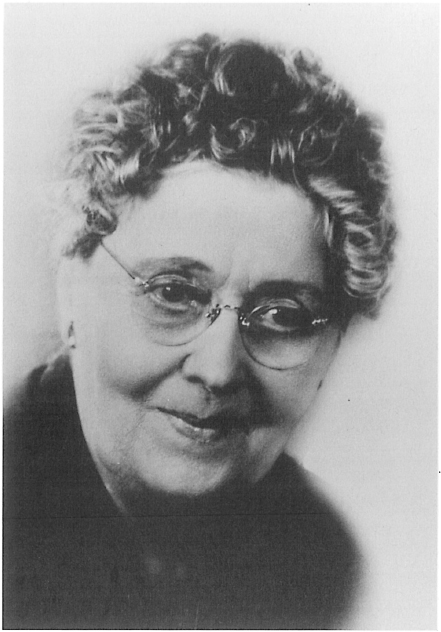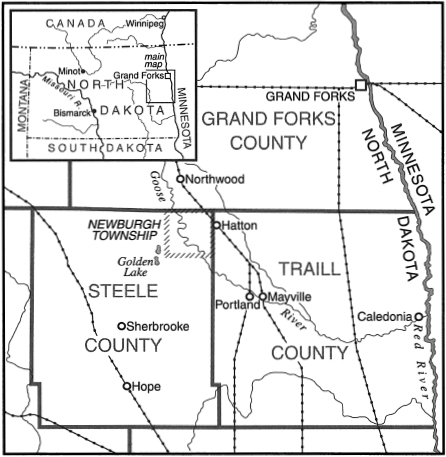GRASS OF
THE EARTH
GRASS OF
THE EARTH
Immigrant Life in the
Dakota Country
AAGOT RAAEN
With a New Introduction by
BARBARA HANDY-MARCHELLO

MINNESOTA HISTORICAL SOCIETY PRESS
1950 by the Norwegian-American Historical Association. renewed 1977 by the Norwegian-American Historical Association. New material 1994 by the Minnesota Historical Society. All rights reserved. No part of this book may be used or reproduced in any manner whatsoever without written permission except in the case of brief quotations embodied in critical articles and reviews. For information, write to the Minnesota Historical Society Press, 345 Kellogg Blvd. W., St. Paul, MN 55102-1906.
www.mhspress.org
The Minnesota Historical Society Press is a member of the Association of American University Presses.
Manufactured in the United States of America
10 9 8 7 6 5 4 3
 The paper used in this publication meets the minimum requirements of the American National Standard for Information SciencesPermanence for Printed Library Materials, ANSI Z39.48-1984.
The paper used in this publication meets the minimum requirements of the American National Standard for Information SciencesPermanence for Printed Library Materials, ANSI Z39.48-1984.
Portrait of Aagot Raaen from Aagot Raaen Photograph Collection, North Dakota Institute for Regional Studies, North Dakota State University, Fargo; all other photographs are from the Hatton-Eielson Museum and Historical Association, Hatton, North Dakota.
International Standard Book Number
ISBN 13: 978-0-87351-295-4 (paper)
ISBN 10: 0-87351-295-2 (paper)
ISBN: 978-0-87351-981-6 (ebook)
Library of Congress Cataloging-in-Publication Data
Raaen, Aagot.
Grass of the earth : immigrant life in the Dakota country / Aagot Raaen; with a new introduction by Barbara Handy-Marchello.
p. cm.
ISBN 0-87351-295-2 (pbk. : alk. paper)
1. Raaen family.
2. Raaen, Aagot.
3. Norwegian AmericansNorth DakotaBiography.
4. North DakotaBiography.
5. Frontier and pioneer lifeNorth Dakota.
I. Title.
F645.S2R3 1994
978.4043982dc20
93-44859
TO
Beata Mark, who knows the truth of this story
and
Isabelle Berg, whose patient understanding
has been of infinite help.
Aagot Raaen, about 1952
Introduction to the Reprint Edition
The story of family settlement on the prairies and plains has often been portrayed as an experience that ensured family cohesiveness, built strong character in healthy children, and provided every family with a piece of the American dream land of their own.
Rlvaags novel has its historical reflection in Aagot Raaens family biography, Grass of the Earth. Raaens parents, immigrants from Norway, claimed a homestead in northern Dakota Territory in 1874. There are some notable differences in the characters, however, which serve further to dispel the myths of settlement. Raaen focuses on the way the familys poverty, unending hard work, and distress affected the childrens health, access to education, adult relationships, and values. Raaen also presents her father as the antithesis of the ambitious, confident, and gregarious Per Hansa who believed so strongly in the power of the land. Thomas Raaen was not interested in farming or land. He was a lonely man with few friends on the prairie to share his intellectual interests. Neither is Raaens mother, Ragnhild, Berets counterpart. Incredibly patient, hardworking, and forgiving, Ragnhild never demanded more of Thomas than he readily offered.
Aagot Raaen, born December 3, 1873, carefully recorded her familys history, although she did not publish all of the material. Raaens other books, an extensive genealogy of her fathers family and a sequel to Grass of the Earth entitled Measure of My Days , along with unpublished manuscripts, census information, and other historical records, provide the evidence that supports and enhances Raaens family biography.
When Thomas Raaen (Far in the book) emigrated from Hol, Hallingdal, Norway, in 1869, he was already a mature man of forty-two. As a young man in Norway, Raaen had trained at the Linnes School of Agriculture but eventually decided on a career in the Norwegian army. After eighteen years of service as an officer, he lost his military position and pension when he began to drink to excess. With no future in Norway, he immigrated to Worth County, Iowa, where he lived with his sister, Birgit Mark, and her family. He earned his living there as a furniture maker, but drinking made him unwelcome in his sisters home. Birgit Mark cleverly manipulated him into a marriage to Ragnhild Rdningen, which was celebrated on February 28, 1873.
Ragnhild Rdningen (Mor) was born to a peasant family in Etnedalen, Valdres, Norway, and worked on farms from an early age. Her parents and some of her siblings emigrated in 1861, but Ragnhild continued to work in Norway for several more years. The work was hard and the pay very low. She told her children that she was paid $2.50 plus clothes and shoes for a years work and had a single day off in two years. In 1870 at the age of thirty-one, Rdningen emigrated to join her family in Iowa.
The Raaen homestead lay along the Goose River in Newburgh Township. The farm was well situated for access to wood, water, market towns, and when it arrived the railroad.
In the spring of 1874, a little more than a year after their marriage, Thomas and Ragnhild set out in a covered wagon to take up a homestead in Dakota Territory. While Ragnhild waited in Hillsboro, Thomas walked west to Township 148, Range 54 (eventually named Newburgh Township for Ragnhilds brother, Halvor Berg) where he claimed 120 acres in the southeast quarter of section five and forty acres in the southwest quarter of section four. The land lay across the steep, wooded banks of the Goose River.
The following spring, Thomas and Ragnhild with their children moved into a sixteen-by-fourteen-foot, one-room log house with one window and one door. This would be their home until they built a larger log house in 1883. Here, daughters Aagot and Ragnhild (born in 1875 and known to the family as Laddi) would be joined by Kjersti (1877) and Tosten (1879). Another baby, Birgit, died two weeks after birth. Her brief life is described in this book, but her birth date and place in the birth order are not known. Most likely, Birgit was born between Kjersti and Tosten. Ragnhild gave birth to Tosten when she was forty. After his birth she was unable to conceive again.
Ragnhild had another daughter, Julia, who was born in 1871, approximately two years before she married Thomas Raaen. Julia was raised with the Raaen children, although it is unlikely that Julia was Thomass daughter. It is impossible to know under what circumstances Ragnhild conceived her first child, but there are at least three possible explanations. First, pregnancy often preceded marriage among the peasants of Norway, in which case she could have been Thomass child. Engagements were rarely broken, so pregnancy and even childbirth before marriage was fairly common and not considered socially significant. Second, on Norwegian farms it was common practice to house hired men and women in the same quarters, which frequently led to out-of-wedlock births, and Ragnhild may have been pregnant when she left Norway. Finally, Ragnhild apparently traveled alone from Norway to Iowa, and as an unescorted woman, she was vulnerable to rape. In a brief biography of her mother, Aagot Raaen wrote that Ragnhild endured many privation[s] and much suffering which she accepted because she felt they were a just [re]tribution for the mistakes she had made. If this is a reference to Julias birth, it is the only one Raaen made. Julia is not a part of the family in this book and does not appear in any of Raaens papers. By the age of fourteen, Julia was living and working in the home of some of her mothers relatives in Newburgh Township.

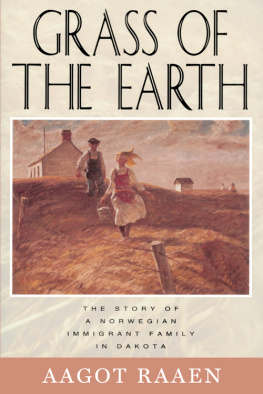


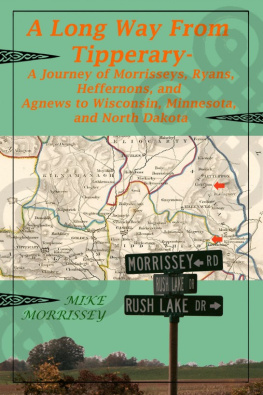

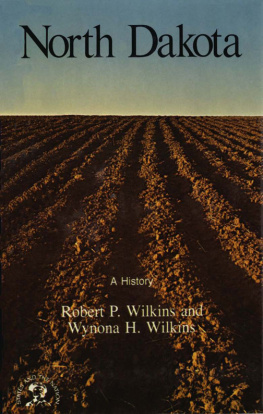
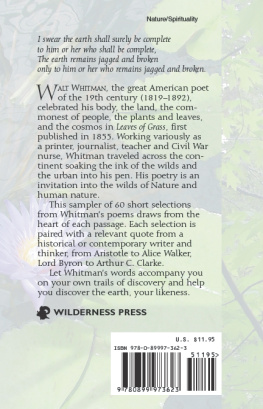





 The paper used in this publication meets the minimum requirements of the American National Standard for Information SciencesPermanence for Printed Library Materials, ANSI Z39.48-1984.
The paper used in this publication meets the minimum requirements of the American National Standard for Information SciencesPermanence for Printed Library Materials, ANSI Z39.48-1984.